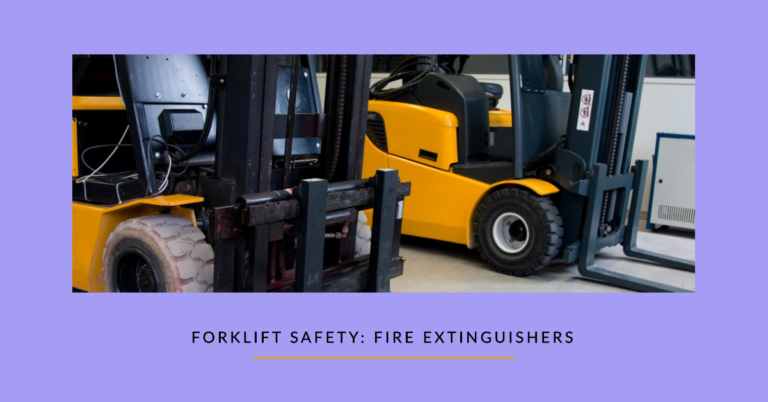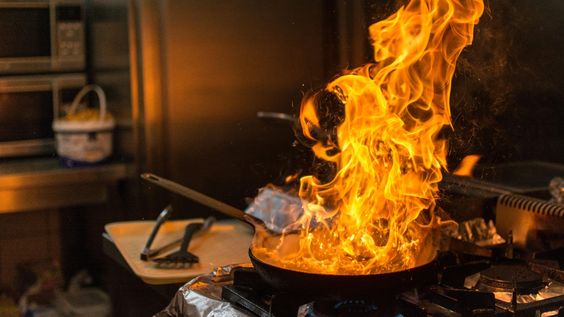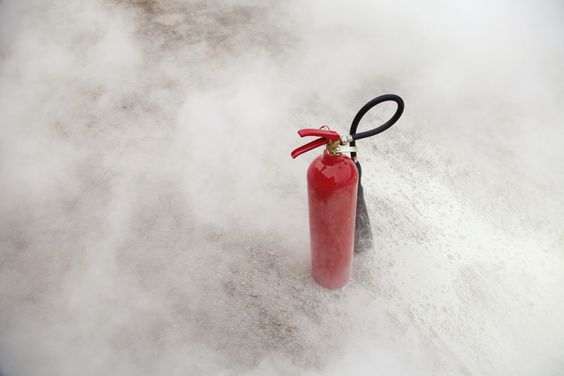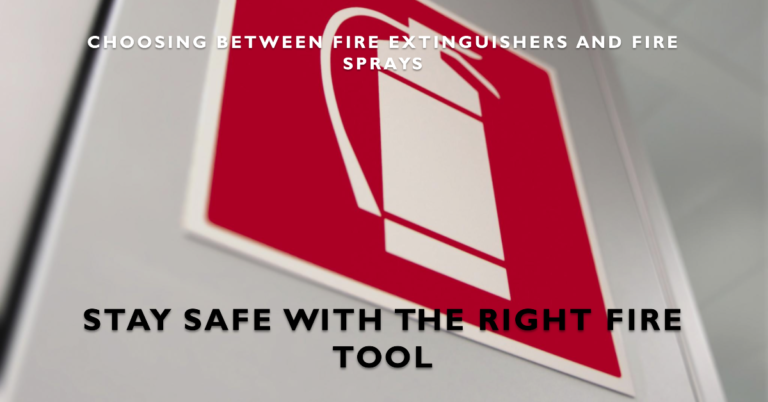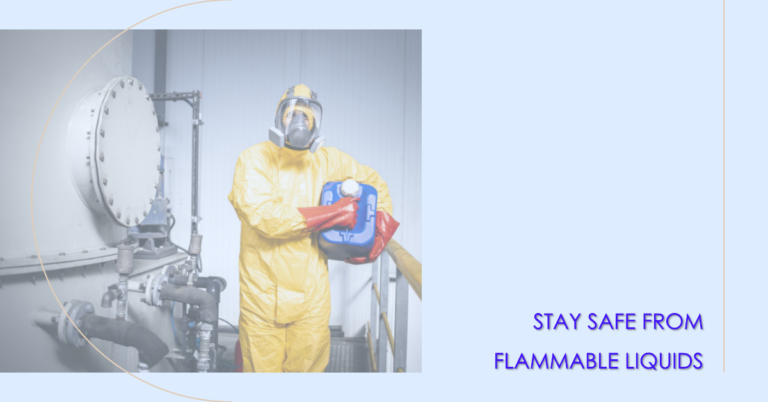Last Updated on September 23, 2023 by Allen
Historical Background of Fire Extinguishing Balls
Imagine walking through a Victorian-era fire station. One intriguing piece of firefighting equipment you might come across is a glass sphere filled with fire suppressant liquids. These fireballs were the forebears of modern fire extinguishing balls and served as rudimentary fire safety devices in their day.
- 19th Century: Glass balls with rudimentary fire suppressant liquids
- 20th-21st Century: Evolution toward more effective fire-extinguishing mechanisms
Evolution to Modern Designs
Gone are the days of glass and primitive liquids. Today, fire extinguishing balls have morphed into a piece of high-tech fire safety equipment, offering both passive and active fire protection. Their modern counterparts use advanced materials and highly effective fire extinguishing agents.
Modern Fire Extinguishing Balls: Design and Composition
Material Composition: Beyond Glass
Today’s fireballs are enclosed in a foam casing wrapped in a PVC casing. This design makes them more resilient and easier to handle than their glass predecessors.
Chemical Agents: The Heart of the Ball
The core of modern fireballs is packed with a dry-powdered agent, usually Mono ammonium phosphate. This potent fire extinguishing agent is activated upon exposure to high temperatures.
- Dry-Powdered Agents: Potent and effective
- Other Types: Occasionally, other chemicals may also be used
Trigger Mechanisms: The Brain of the Ball
The fireballs of today have heat-sensitive triggers designed to respond swiftly to a variety of fire hazards. These triggers are often mechanical or chemical in nature, and they activate the fireball activation mechanism to release the fire extinguishing agent.
Activation and Functioning
How the Ball Gets Rolling
The outer layer of the ball typically contains a heat-sensitive strip that serves as the fireball activation mechanism. When the ball is exposed to flames or extreme heat, this activation mechanism kicks in.
Burst and Boom: Chemical Powder Dispersion
Upon activation, the ball bursts open, dispersing a chemical powder over an effective fire radius of action of 4-5 meters. The chemical powder tackles fire hazards and contributes to fire suppression.
Not Just Silent Protectors: Audible Alarms
Certain modern fireballs come with built-in audible warning mechanisms, an essential feature in a well-rounded fire response plan.
Modes of Operation: Passive and Active
Sit Back and Relax: Passive Protection
Fireballs offer an excellent passive fire protection system. They can detect flames, sound an alarm, and then put the fire out. This three-step action can be a lifesaver, especially when no one is around to manually operate a fire extinguisher.
Roll into Action: Active Use
You also have the option of manually throwing or rolling the fireballs into the fire for an active fire protection measure. This dual mode of operation makes fireballs an essential part of fire safety in homes and offices.
Specific Benefits of Fire Extinguishing Balls
Why They Shine
- Low Maintenance: Virtually zero upkeep is needed.
- Flexibility: Can tackle different fire classes (Class A, B, C)
- Safety First: Generally made with non-toxic fire extinguishing agents
- Green Credentials: Some can be recycled or used as garden fertilizer
Practical Applications and Considerations
These balls are not merely gimmicks; they’re practical tools for fire safety in commercial spaces and residences. However, there have been safety concerns related to certain fire extinguisher balls. Always adhere to fire safety standards and fire safety regulations when using them.
Safety Implications: A Piece of the Puzzle
These fireballs should be seen as a supplementary fire safety tool, not a complete replacement for standard fire extinguishers. It’s crucial to incorporate them into a comprehensive fire safety plan, which should include regular fire safety training, fire risk assessments, and other fire safety measures.
While this article aims to enhance your fire safety awareness, it’s imperative to consult with fire safety professionals for customized fire safety solutions.



